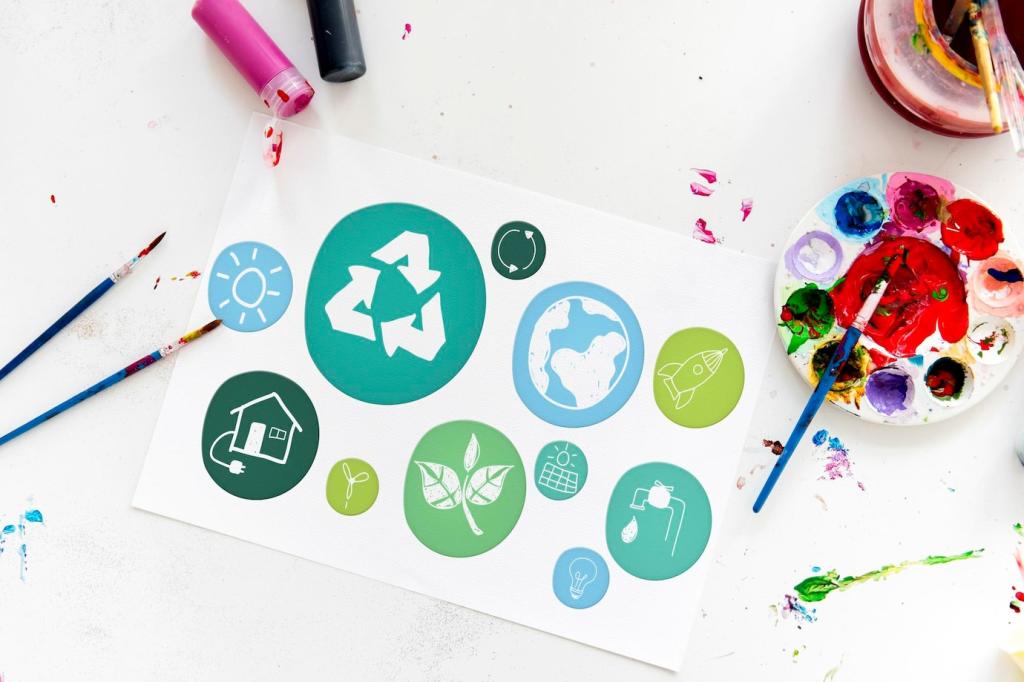Conditioning and Nourishing the Fibers
Use furniture-grade boiled linseed or pure tung oil for deeper nourishment. Apply the thinnest coat with a lint-free cloth, let it penetrate, then buff dry. Multiple whisper-thin coats build resilience without leaving a greasy film.
Conditioning and Nourishing the Fibers
Melt equal parts beeswax and jojoba in a double boiler, cool slightly, then stir until creamy. Rub a trace amount along the weave, allow to set, and buff. Expect a soft sheen and gentle water resistance.
Conditioning and Nourishing the Fibers
Lightly mist the underside of cane, cover with a towel, and use low heat from a hairdryer to encourage gradual tightening. Avoid soaking. Let it rest overnight. Report your timing and results to help others.
Conditioning and Nourishing the Fibers
Lorem ipsum dolor sit amet, consectetur adipiscing elit. Ut elit tellus, luctus nec ullamcorper mattis, pulvinar dapibus leo.


